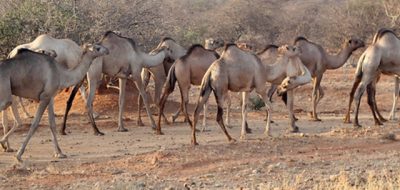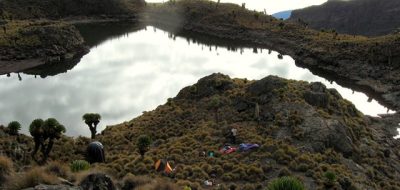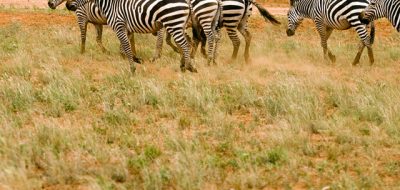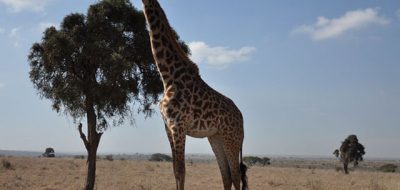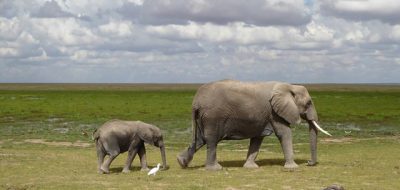The park was set up in 1968; however since 1961 it was a bird sanctuary on the southern part of the lake. With the help of the World Wildlife Fund, the government of Kenya began a plan to buy the neighboring grounds so as to widen the total land area of this protected area. by 1964 the wildlife sanctuary was including the entire lake, whose surface differs from 5 sq km to 40 sq km, as well as a shore strip. Ever Since it was gazetted as a national park, these two authorities together with other conservation organizations have continued to win the battle against human settlement here and instead broaden the park borders to its present day size
Nakuru national park was established as a rhino sanctuary back in 1987, during which era there were just 2 resident black rhinos. An additional 16 rhinos were brought in from Solio Ranch, and then 4 specimens introduced from Nairobi national park later in 1990. The initial 2 white rhinos were brought in from Lewa Downs. However a larger number of 10 rhinos were brought in from South Africa In 1995. An electric fence was placed around this sanctuary to safe guard it from poachers and fortunately at present day, the population of rhinos has successively grown and these can be seen around the clearings of the lake feeding.
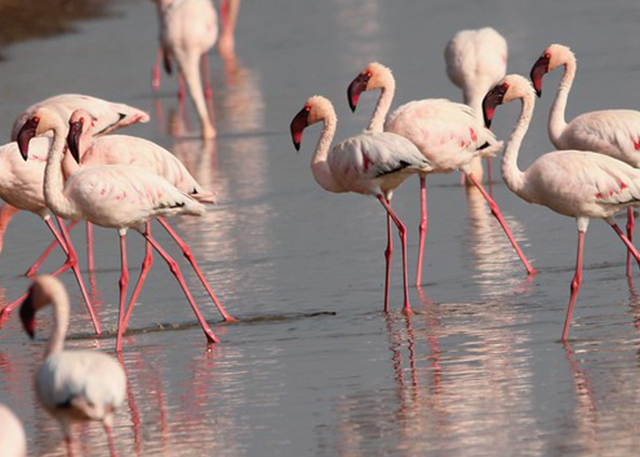
Other than rhinos this Lake Nakuru National supports a profusion of mammals that accounts to over 50 species include the giraffes. Some f the large herbivores commonly seen here are the Defassa waterbucks, buffalos, impalas, duikers Thomson’s & Grant’s gazelles, klipspringers, plains’ zebras, reedbucks elands, warthogs and dik-diks. There is a small population f hippos that live on the northeastern side of the lake – a Hippo Point, plus some other tiny herbivores like the rocky hyrax plus hares.
Among the Primates living within this park are: baboons, black & white colobus plus the vervet monkeys.
The Predators too are well represented here and among them are lions, plus leopards which were introduced from different areas and these have thrived within the park with sights of the leopards becoming more frequent. Other predators include hyenas, silver-backed jackals, civet cats, mongooses, African wild cats, in addition to bat-eared foxes.
Among the over 450 species of birds here, there are flamingoes, several Fishing birds like the African fish eagles, great white pelicans plus the great cormorants that feast on the fish in the lake. The best time to enjoy bird watching here is during the rainy season plus the boreal winter, as a diversity of European migratory species visit the lake. other birds include the little grebe, African spoonbill, white winged black tern, African snipe, avocet, African Jacana, black winged stilt, king fishers, cattle egret, grey heron, great white egret, sandpipers, ducks, blacksmith plover, hammerkop, Egyptian goose, yellow billed stork and the sacred & Hadada ibis, yellow necked spurfowl, ostrich, tawny eagle, secretary bird, augur buzzard, mourning dove, marabou stork, martial eagle, drongo, Kori bustard, ground hornbill, fiscal shrike, European roller, bee eaters, ox pecker, Guinea fowls as well as the starlings.


